Colm Tóibín’s Wexford: ‘This is not an Ireland of tourist posters’
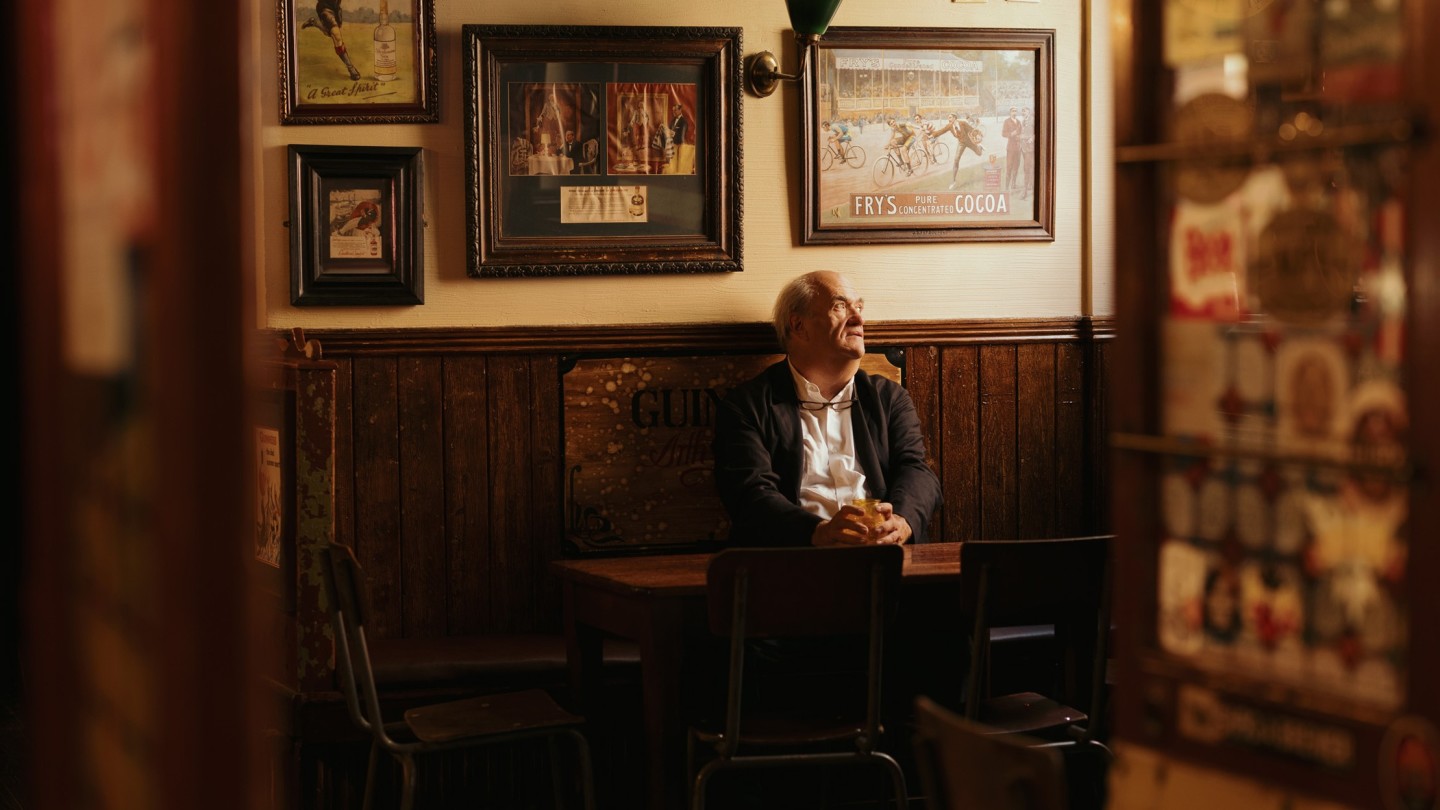
Roula Khalaf, Editor of the FT, selects her favourite stories in this weekly newsletter.
Wexford, a corner county in Ireland, has soaked up energy from its many invaders. The name Wexford is Norse. Many of the surnames, including my own, are Norman, while others are Gaelic. Then the English came, including Sir Henry Wallop, who rebuilt Enniscorthy Castle. He wrote to Francis Walsingham, the Queen’s spymaster, in 1581: “There is no way to daunt these people but by the edge of the sword.” I recall the dark laughter in the early ’60s when my father and a local priest, undaunted, bought the Castle and made it into a museum – still open to the public – with, in the early years, many exhibits glorifying the struggle for Irish independence.
Wexford town has a streetscape that follows a medieval or early-modern pattern. When I was young in Enniscorthy, about 15 miles away, I took every chance to go to Wexford with its long, narrow main street, its quays, the soft light over the estuary of the river Slaney. It had a good bookshop – it still does – and a Woolworths with a Perspex box of ice-cold orange juice and a plastic orange floating on top. I suppose what I relished in Wexford town was a sense of busyness and prosperity and openness to the world.
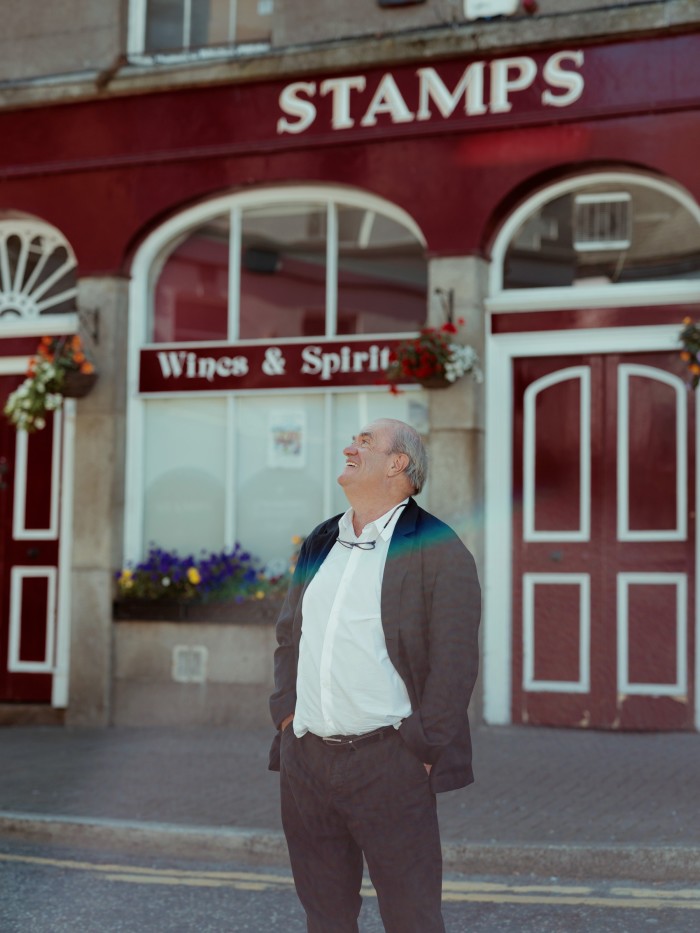
The culmination of Wexford’s openness was the creation of the Wexford Opera Festival in 1951, not an auspicious year for Ireland, with mass emigration and a sluggish economy in full swing. In 2008, the old Theatre Royal, down a side street in Wexford, was replaced on the same site by a splendid new opera house. Close by are the new library and Wexford Arts Centre in an old Cornmarket building which also houses D’lush, the best café in town.
When the opera of my novel The Master, for which I wrote the libretto, was performed at the Festival last month, I ate Wexford out of house and home.
Wexford’s main street has two of its best restaurants and also its best pub. The pub is a long, shadowy space called The Sky and the Ground. Green Acres, also a deli, wine shop, gallery and restaurant, is an old solicitor’s office turned into a great place to eat, including a private room, once used for lawyerly consultations, now excellent for intimate parties.
Between the main street and the quay, Meyler’s is, for me, the best fish shop in the world, with produce coming in on the boats just a few yards away. Recently, worried about my reputation as someone bereft of all civilised skills, I asked at the counter if they could tell me how to cook lemon sole. Quietly and conspiratorially and efficiently, I was given a cooking lesson. I can now cook lemon sole.
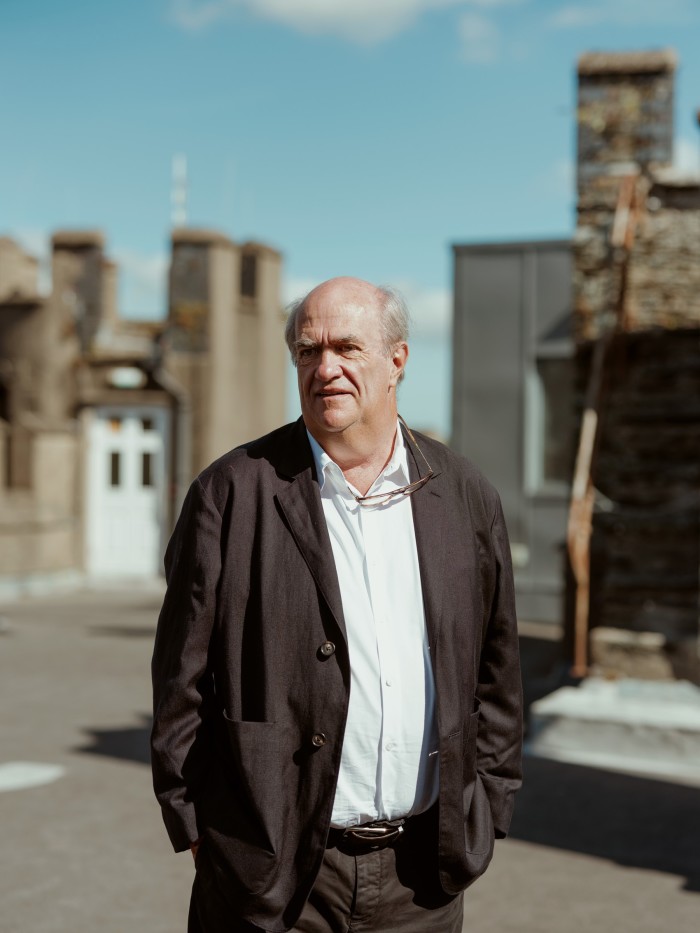
All the fish caught here and at Kilmore Quay to the south were once destined for export. But this really has changed, with seafood restaurants such as La Côte in Wexford town, the Wild and Native Seafood Restaurant in Rosslare Strand and the Lobster Pot in Carne.
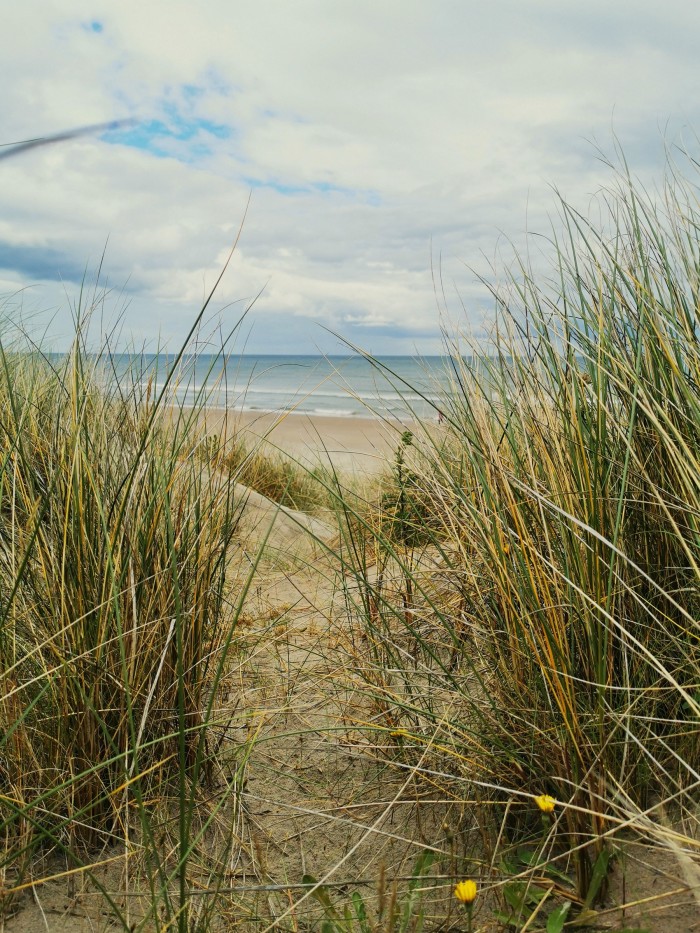
I am currently writing a novel, much of which is set in a fictional pub in Enniscorthy. I am thus tempted to recommend the quality of the service in Farrell’s in Rafter Street and suggest that you watch out for very private dramas being enacted there. The two barmen, in case you find the pub, are called Shane and Andy. (Andy is the one who knows about sport.) But, in the non-fictional world, there are many great actual pubs to choose from in Enniscorthy, including Stamps in the Market Square, the Antique Tavern in Slaney Street and Hayes in Court Street – and the bar of the Riverside Park Hotel, from where you can view the river Slaney flowing by.
One of the signs of real change in Ireland is that Gorey in north Wexford has become a dormitory town for Dublin. Marlfield House, outside Gorey, was a pioneering country-house hotel that has kept its standards high, as has Kelly’s Hotel overlooking the beach in Rosslare.
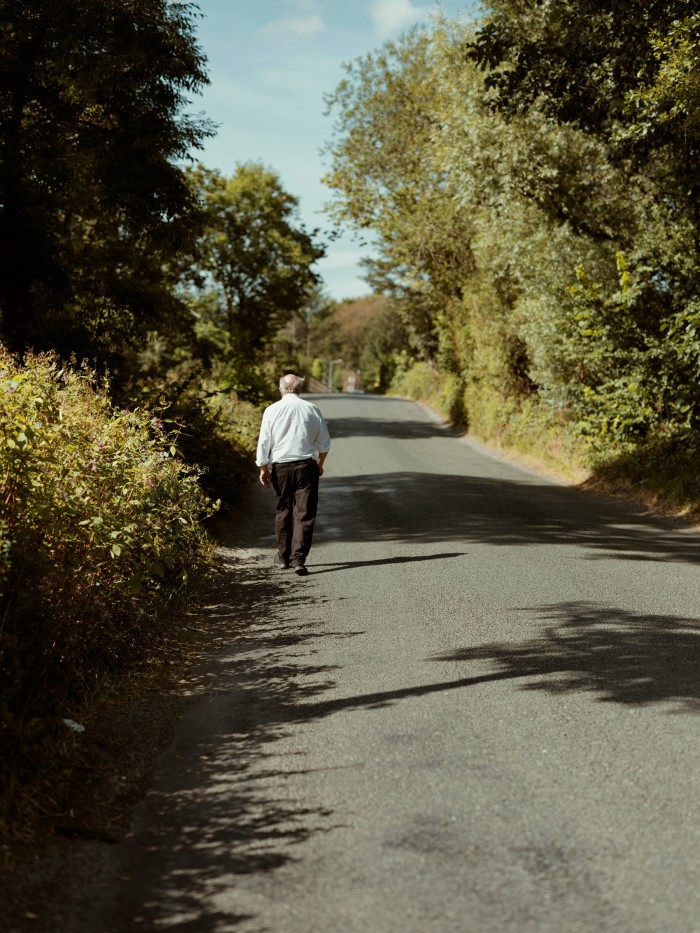
Is there a place of the soul in Wexford? Yes, there is the single-lane Edermine Bridge over a beautiful and lonely part of the river Slaney, south of Enniscorthy. There is Pugin’s beautiful cathedral in Enniscorthy. There is also a stretch of beach (or strand, as it is locally called) between Curracloe and Morriscastle. This is not an Ireland of tourist posters. There are no rocks or crashing waves. Just sand dunes and then cliffs made of soft, marly clay, and very few people around. In the winter sometimes it is better than the summer; in the summer it is out of this world.
A Guest at the Feast: Essays by Colm Tóibín is published by Viking on 3 November
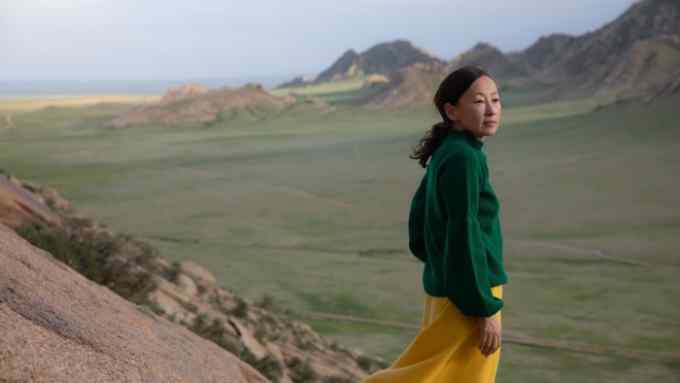
Comments